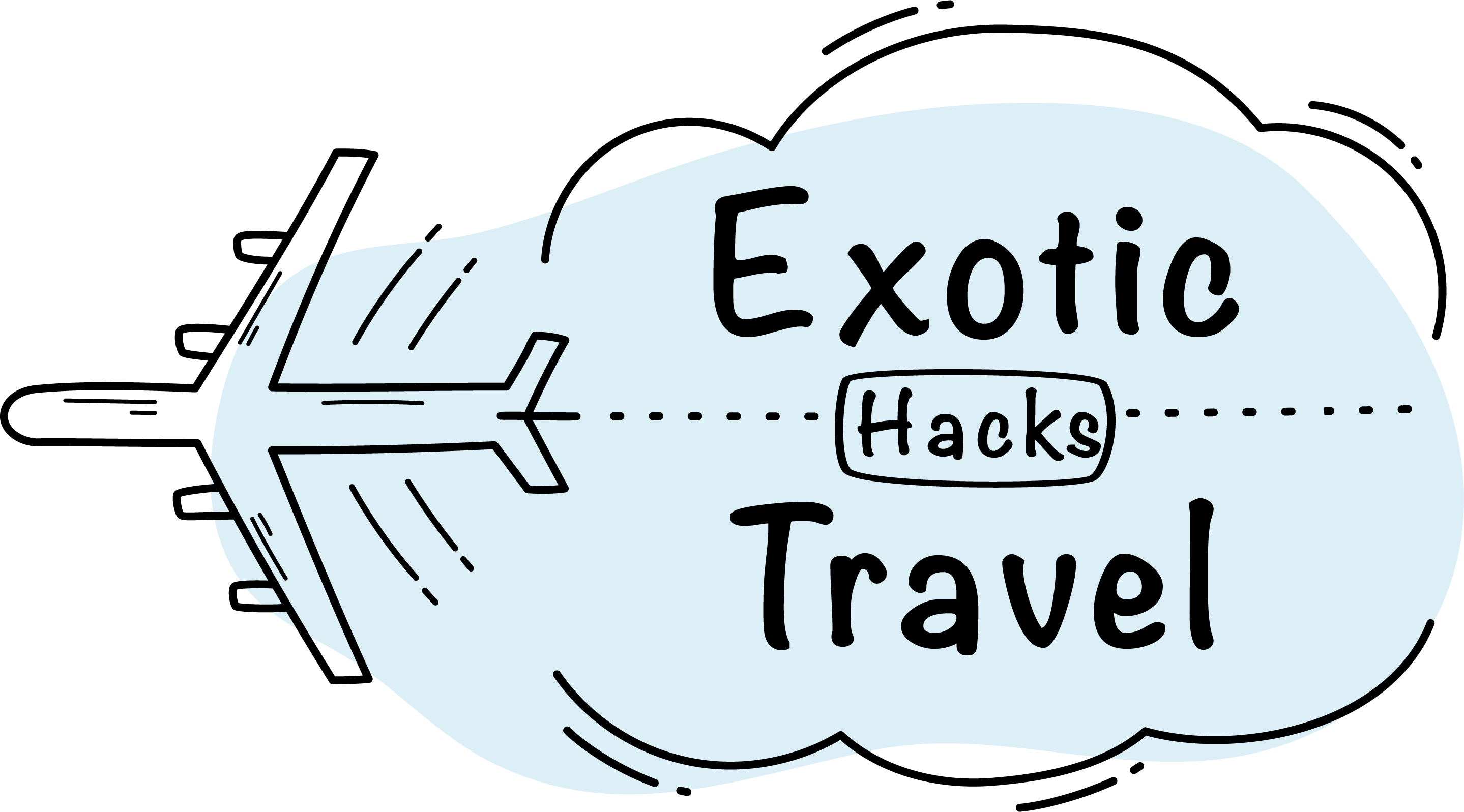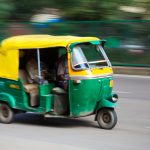Table of Contents
Lost in a maze of Bangkok alleyways at midnight, my phone showing the dreaded “No Service” message, I learned the true value of offline navigation apps. After three years of traveling through 40+ cities worldwide, I’ve tested every offline solution available. Here are the best apps for navigating foreign cities.
Beyond Google Maps
Everyone knows Google Maps has offline capabilities, but here’s the truth – it’s not always the best option. While Google lets you download basic maps, it loses crucial features offline: no business hours, no reviews, and often no building numbers. After getting burned trying to find a restaurant in Seoul with just Google Maps offline, I discovered a whole world of better alternatives.
The Real Offline Navigation Champions
Maps.me changed my entire approach to offline navigation. Unlike Google Maps, it downloads entire cities with every detail – building numbers, trail paths, and even tiny shops in back alleys. In Venice’s maze-like streets, Maps.me showed paths that Google Maps didn’t even know existed. The best part? It works entirely offline, including search and routing functions.
Offline Public Transport Mastery
Moovit became my secret weapon for public transport. Download your city’s data before arriving, and you’ll have complete subway and bus schedules offline. In Tokyo, when my data suddenly cut out, Moovit’s offline mode guided me through three train changes without missing a beat. It even accounts for service changes and station exits – details that make the difference between catching your train and getting hopelessly lost.
The Backup Navigation System
Never rely on just one app. Organic Maps serves as my backup – it’s based on OpenStreetMap data and works flawlessly offline. In Mexico City, when Maps.me crashed unexpectedly, Organic Maps saved me from what could have been hours of wandering. Its simple interface uses minimal battery life, crucial when you’re out all day without a charger.
City-Specific Transport Apps
Many major cities have their transport apps with offline capabilities. Tokyo’s Metro app, Paris’s RATP, and London’s Citymapper all offer robust offline features. Download these before your trip – they often provide more accurate local information than international apps. The Seoul Metro app guided me perfectly even during a complete internet blackout.
The Translation Game-Changer
Google Translate’s offline mode is essential, but Microsoft Translator has a secret advantage – it can translate photographed text offline. In Japan, I could instantly translate menu items and street signs without data. Download language packs before your trip – they take up space but are worth their weight in gold when you’re trying to decipher crucial information.
The Offline Entertainment Factor
City walks become more interesting with offline audio guide apps. I use VoiceMap to download guided walking tours before arriving in a new city. In Rome, this turned a simple walk into a fascinating history lesson, all without using any data. Just remember to download the audio files while you have good WiFi.
Location Sharing Without Data
What if you need to meet friends without having data? Apps like what3words work offline and can share exact locations using just three words. In crowded Bangkok markets, this helped me reconnect with travel companions even when regular maps were useless. The app divides the world into 3×3 meter squares, each with a unique three-word combination.
The Memory Management Strategy
Offline apps eat phone storage. Before any trip, I delete unnecessary apps and photos to make room for offline content. Priority goes to navigation apps – they’re useless if you can’t download the maps because of storage issues. I learned this lesson the hard way in Hong Kong when I couldn’t download crucial map data.
Battery Life Secrets
Offline navigation drains batteries faster than you’d expect. I use an app called MAPS.ME Battery Saver Edition that is specifically designed for long days of offline navigation. It sacrifices some features for dramatically improved battery life. Combined with a power bank, this setup got me through 14-hour days of exploration in Istanbul.
The Weather Workaround
Weather apps typically need data, but Dark Sky (now part of Apple Weather) and AccuWeather offer decent offline forecasting. They won’t be as accurate as their online versions but can give you a general idea of what to expect. In monsoon-prone Bangkok, this helped me plan indoor activities during likely downpours.
Offline Restaurant Discovery
TripAdvisor’s offline mode became my food bible. Download city data before traveling, and you’ll have access to restaurant reviews, photos, and addresses offline. In Vietnam, this helped me find hidden street food gems that weren’t on Google Maps. The key is downloading content for the entire city, not just the central areas.
Security Considerations
Offline navigation has one major security advantage – it’s harder to track. However, always have a backup plan. I keep physical maps of key areas and screenshot important directions before heading out. In Marrakech’s medina, when all electronics failed, a simple paper map saved hours of wandering. Consider creating a personal offline “safety map” marking police stations, hospitals, and your accommodation. I learned this lesson after a nerve-wracking experience in Bangkok when my phone died, and I couldn’t remember my hotel’s address. Now I always carry a small card with crucial addresses written in both English and the local language.
Emergency Navigation Techniques
Sometimes everything fails – your phone dies, maps get lost, and you’re completely stuck. This is when traditional navigation skills become invaluable. Learn to navigate using landmarks and the sun’s position. In Venice, I oriented myself using church bell towers when all electronics failed. Understanding basic cardinal directions can be a lifesaver. Create mental breadcrumbs as you explore – note distinctive buildings, unusual trees, or unique storefronts. Take photos of street signs and intersections as you walk, even if your phone is offline. They can help you retrace your steps if needed. In Tokyo, I started photographing unique vending machines at each turn – they became my offline navigation markers when I got lost in its maze-like streets.
The Future of Offline Navigation
New apps are constantly emerging. Galileo Offline Maps offers advanced features for hikers and urban explorers. OSMAnd provides incredibly detailed offline mapping with regular updates. The key is testing these apps in your home city before relying on them abroad.
Conclusion: Best Apps for Navigating Offline
Success with offline navigation comes down to preparation. Download everything you might need while you have good WiFi. Test your apps before you need them. And always, always have a backup plan. Ready to explore the world, even without a data connection?

I’m Garrett, a seasoned photojournalist with a passion for uncovering the world’s hidden treasures. My journey is fueled by a deep curiosity for diverse cultures and breathtaking landscapes. When I’m not behind the lens capturing the world’s wonders, you can find me exploring underwater realms or sharing my passion for discovery with my two adventurous children.




